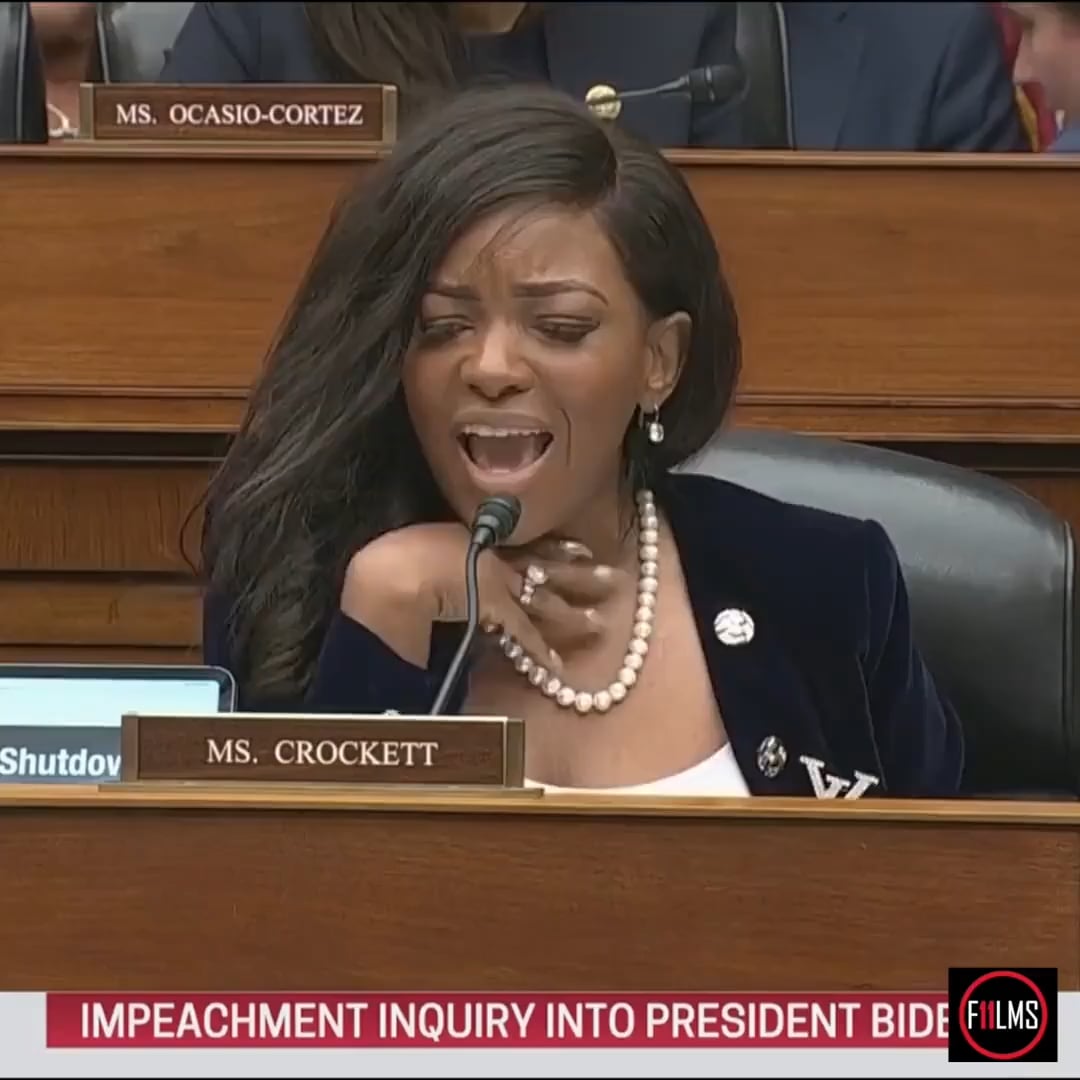Social media silencing continues to stir debate across America in 2025. Platforms like Facebook and pre-Musk Twitter, now X, have muted users for years. During the COVID-19 pandemic, posts questioning official narratives often disappeared. A 2021 Media Research Center study found conservatives faced heavier censorship. For example, accounts challenging dominant views got banned fast. Many saw this as a direct hit to free speech rights. Meanwhile, terms like “misinformation” and “hate speech” justified the crackdowns. However, the First Amendment’s role remains hotly contested. This struggle pits platform control against user freedom. Fox News
Social Media Silencing Fueled COVID-Era Clashes
During the pandemic, social media silencing peaked. Twitter, before Elon Musk’s 2022 takeover, restricted conservative voices often. Facebook also removed Christian pages for vague rule breaches. Consequently, users flocked to TikTok, owned by China’s ByteDance. Liberals supported the bans, while conservatives called it unfair targeting. For instance, posts debating policy or science vanished quickly. This left little room for open discussion. Then, the silenced sought refuge on other platforms. Thus, the pandemic exposed deep divides in online speech rules. Forbes | Reuters
X Shifts Social Media Silencing Trends
Elon Musk’s X takeover in 2022 changed the game. By relaxing “hate speech” rules, X encouraged free exchanges. Community notes now fact-check posts in real time. Meanwhile, some liberals left for Bluesky, calling X too conservative. Others praised it as true dialogue’s return. Facebook lost conservative users after the shift. As a result, Zuckerberg met Trump in 2024 to adjust policies. Today, X leads as a news hub with tools like Grok 3. Still, debates over silencing linger. LA Times | Washington Post
Constitutional Questions Rise
The First Amendment doesn’t legally cover private companies. However, their power over discourse worries many. Creators who earn from followers lose income when silenced. On X, algorithm changes after blocks have cut follower counts fast. For example, some report losing thousands overnight. Thus, guidelines often outweigh free expression. Polarized platforms like X and Bluesky show self-regulation in action. Yet, past COVID bans suggest it fails. Legal oversight might address this gap. Brookings | NPR
Where Platforms Stand Now
Social media silencing still shapes online life in 2025. X thrives as a free speech zone. Meanwhile, Facebook struggles to heal old wounds. Government rules could limit platform overreach someday. For now, users face a fragile balance of freedom and control. Pew Research shows most Americans see censorship as real. Therefore, platforms hold immense sway over narratives. So, what does this mean for democracy? Should laws step in to protect voices? Edelman Global Advisory | Pew Research
Summary and Next Steps
In 2025, social media silencing remains a key issue. It surged during COVID-19, targeting conservatives often. X’s revival under Musk offers a counterpoint, while Facebook adapts slowly. Constitutional limits don’t apply, yet platforms affect livelihoods. Today, X grows, but the power imbalance persists.
What’s the next move to balance free speech and platform rules?
Like this article?
☕️ Share a coffee: https://buymeacoffee.com/criordan
👉 Follow me on X: @CRiordan2024
Click HERE to read more from Clara Dorrian.




